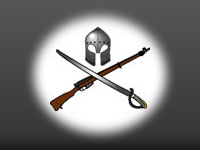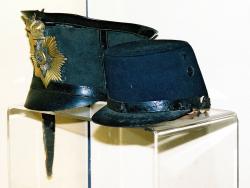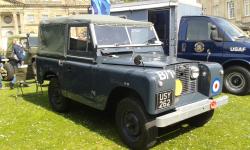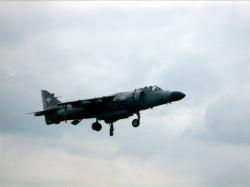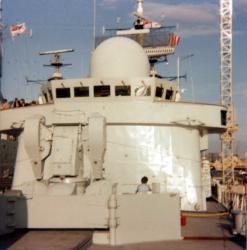Translate this Page
Anniversaries for today :
Welcome to Clash of Steel!
[ About us ]
[ Contribute a battle ]
[ Contribute a review ]
[ Contribute a reenactment group ]
[ Contact us ]
Featured battle : Näfels
Part of The French Revolutionary and Napoleonic Wars
Date : 25 September 1799 - 26 September 1799
An attempt by the Austrians, Baron Jellacic commanding part of Baron Lincken's corps, to cross the Linth river east to west and thereby threaten the flank and rear of Soult's force. The threat was met by General Molitor with part of Lecourbe's Second division and the Austrians were soundly replused.
Featured image :
The Green Howards, South Africa Monument
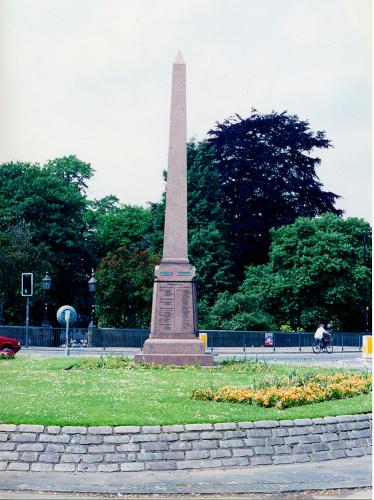
A monument errected after the 2nd Anglo-Boer War 1899-1902 to commemorate the casualties in the various battalia of the Alexandra, Princess of Wales' Own Regiment of Yorkshire, also known as the Green Howards.
Gallery updated : 2022-04-04 08:33:43
Featured review :
The Light Division in the Peninsular War 1808-1811
Tim Saunders & Rob Yuill
Our opinion of this book is best summed up by imploring the authors, Tim Saunders and Bob Yuill, to let us have volume two as soon as possible. This book about the Light Division is well focused and doesn’t drift off into writing about the wider campaign more than is necessary to tell the Division’s story. Of particular interest are the many insights into the lives of the officers and ordinary infantry soldiers between the battles. The story flows easily along the timeline from the Division’s inception to its fruition.
There are a large number of maps and photographs interspersed throughout the text. Many photographs are of the locations today which would be a big help to anyone visiting the battlefields and marching routes.
We highly recommend this book and look forward to volume two.
Pen & Sword Military, 2020
Reviewed : 2020-06-15 11:04:23
